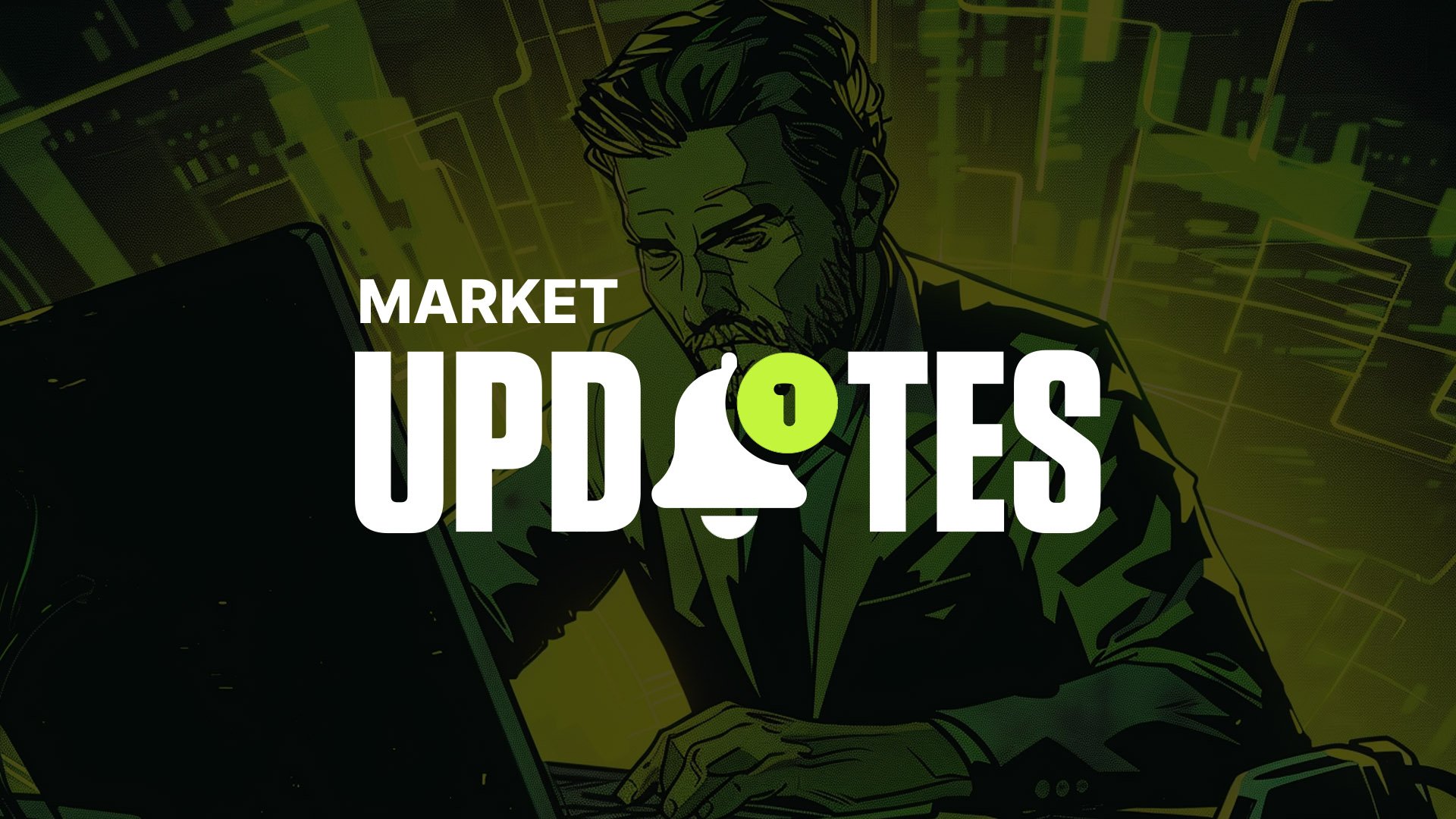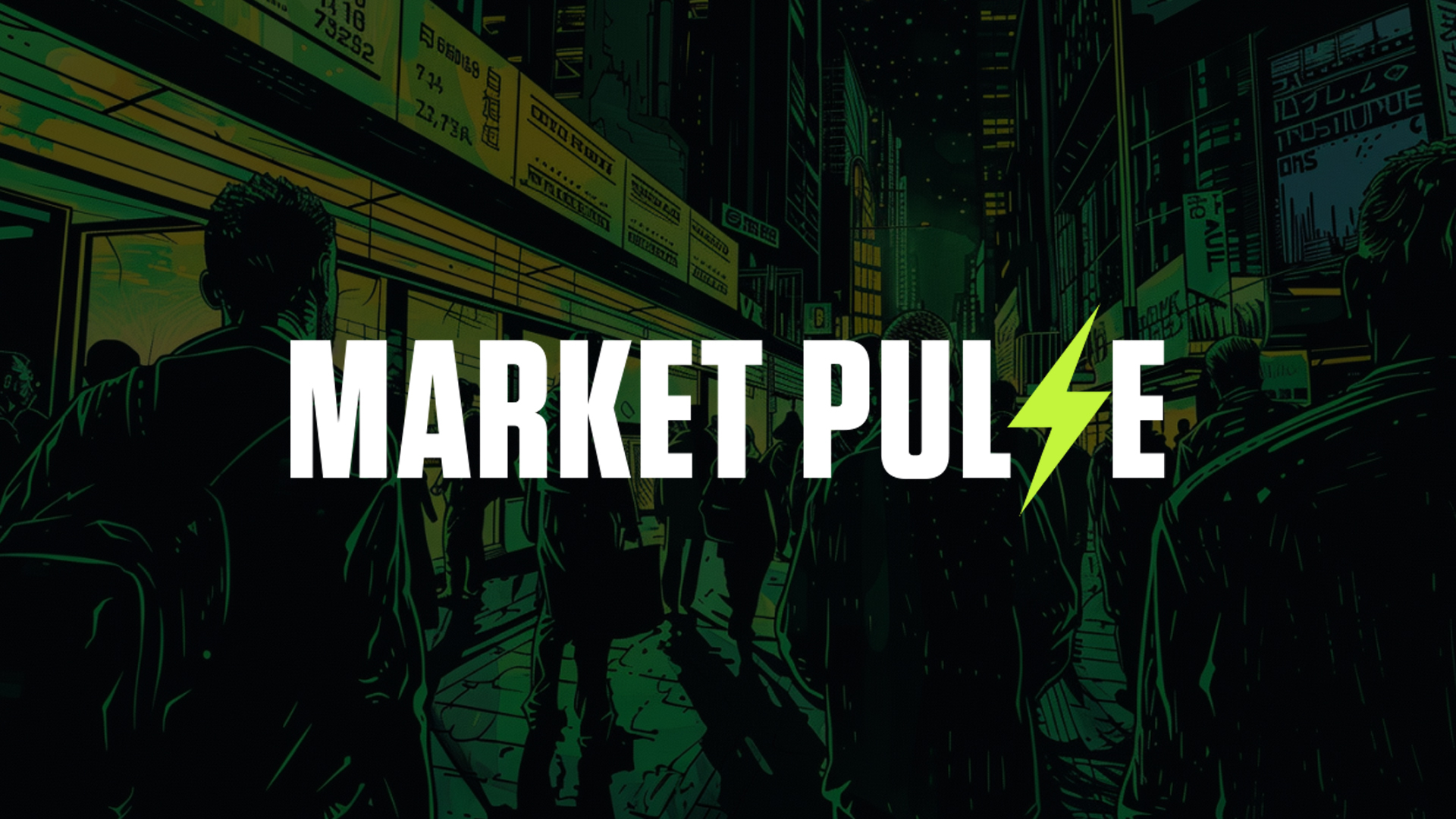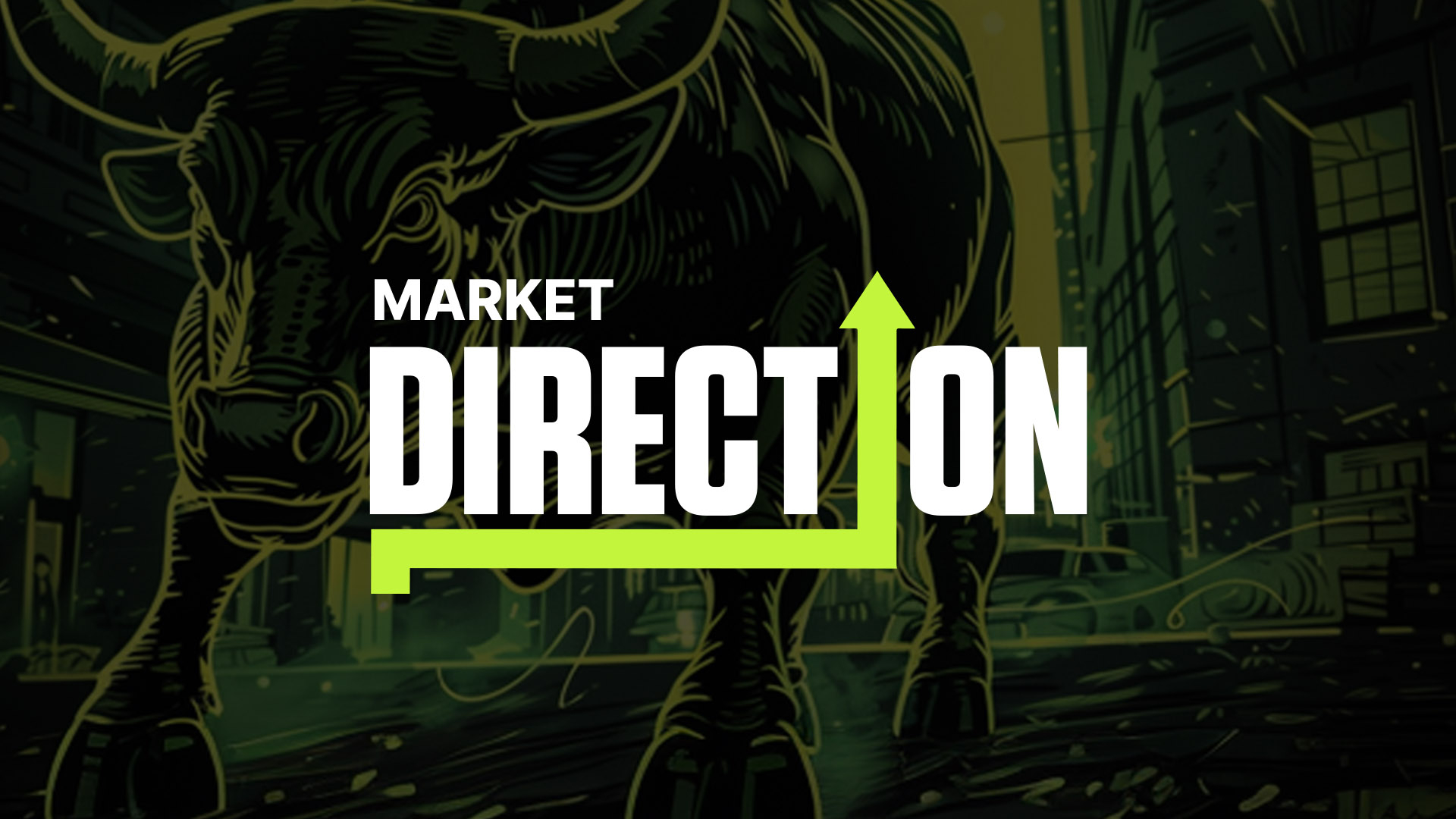
What is inflation?
In basic terms, inflation is the rate at which goods and services go up in price. If the supply of money is increasing, then the value of the currency is decreasing. There are two basic causes of inflation:1. A sudden increase in the supply of actual currency in circulation.
2. A shortage of specific goods or services that are in demand. This can cause a general rise in prices for those goods or services.
There are two main technical terms to describe these types of inflation:
1. Demand-Pull is the most common type of inflation and is caused by increased spending. In this case, demand outweighs supply, causing prices to rise.
2. Cost-push occurs when prices rise due to an increase in production or material costs, shortages in resources, or increases in taxation on goods. Those costs are “pushed” to the consumer.
How do governments respond to inflation?
Governments and central banks attempt to limit the impact of inflation by altering the money supply and changing fiscal and monetary policy. Central banks can alter the supply of fiat money by increasing or decreasing the amount in circulation. In practice, central banks typically raise interest rates to control inflation. This makes it more expensive to borrow money, and credit becomes less attractive to individuals and businesses, causing the demand for goods and services to fall.
Fiscal policy refers to the government's control of taxes to influence the economy. If a government increases the amount of income tax they collect, individuals will have less disposable income, reducing market demand.
How is it measured?
-a25e477c6d3b">In many countries, a Consumer Price Index is used to measure inflation. A CPI considers the prices of a range of consumer products and compares them to historical prices. But is there more to it?The idea that inflation=CPI is arguably too simple. At its core, inflation is the rate at which the things you want to buy are going up in price. But this depends on what you want to buy.
What are the things you want to buy? Luxury or essential goods? Food? Netflix? Stablecoins? Jewellery? A house? A rare piece of art? Stocks?
The rate of inflation or the rate of change in price will differ depending on what it is you want to buy. It will differ depending on the time period, too. After lockdown, for example, houses in the countryside typically went up in price, which is not surprising since cafes, cinemas, restaurants, and offices were closed, there was no need to remain in the city. Human behaviour causes people to take their money and buy the things they want.
Calculating inflation requires taking into consideration a basket of goods, services, and assets that you would want to buy. This basket will be different for every person, every place, and every time period. When we look deeper, the equation: inflation=CPI starts to seem like a significant oversimplification, doesn't it?
Disclaimer: THIS IS NOT FINANCIAL NOR INVESTMENT ADVICE. Only you are responsible for any capital-related decisions you make, and only you are accountable for the results.
100% Success Money Back Guarantee
If our approach doesn’t outperform the overall crypto market during your subscription, we’ll give you a full refund of your membership. No questions asked. For quarterly and monthly subscribers this is applicable once your subscription runs for 6 consecutive months.
Take your next step towards crypto success
$799/year
Get everything you need to actively manage your portfolio and stay ahead. Ideal for investors seeking regular guidance and access to tools that help make informed decisions.
For your security, all orders are processed on a secured server.
What’s included in Pro:
Success Guarantee, if we don’t outperform the market, you get 100% back, no questions asked
24/7 access to experts with 50+ years’ experience
All of our top token picks for 2025
Our latest memecoins pick with 50X potential
On hand technical analysis on any token of your choice
Weekly livestreams & ask us anything with the team
Daily insights on Macro, Mechanics, and On-chain
Curated list of top upcoming airdrops (free money)
Our track record speaks for itself
With over 2.4M tokens and widespread misinformation in crypto, we cut
through the noise and consistently find winning assets.
Frequently Asked Questions
Can I trust Cryptonary's calls?
Yes. We've consistently identified winners across multiple cycles. Bitcoin under $1,000, Ethereum under $70, Solana under $10, WIF from $0.003 to $5, PopCat from $0.004 to $2, SPX blasting past $1.70, and our latest pick has already 200X'd since June 2025. Everything is timestamped and public record.
Do I need to be an experienced trader or investor to benefit?
No. When we founded Cryptonary in 2017 the market was new to everyone. We intentionally created content that was easy to understand and actionable. That foundational principle is the crux of Cryptonary. Taking complex ideas and opportunities and presenting them in a way a 10 year old could understand.
What makes Cryptonary different from free crypto content on YouTube or Twitter?
Signal vs noise. We filter out 99.9% of garbage projects, provide data backed analysis, and have a proven track record of finding winners. Not to mention since Cryptonary's inception in 2017 we have never taken investment, sponsorship or partnership. Compare this to pretty much everyone else, no track record, and a long list of partnerships that cloud judgements.
Why is there no trial or refund policy?
We share highly sensitive, time-critical research. Once it's out, it can't be "returned." That's why membership is annual only. Crypto success takes time and commitment. If someone is not willing to invest 12 months into their future, there is no place for them at Cryptonary.
Do I get direct access to the Cryptonary team?
Yes. You will have 24/7 to the team that bought you BTC at $1,000, ETH at $70, and SOL at $10. Through our community chats, live Q&As, and member only channels, you can ask questions and interact directly with the team. Our team has over 50 years of combined experience which you can tap into every single day.
How often is content updated?
Daily. We provide real-time updates, weekly reports, emergency alerts, and live Q&As when the markets move fast. In crypto, the market moves fast, in Cryptonary, we move faster.
How does the success guarantee work?
If our approach to the market doesn’t beat the overall crypto market during your subscription, we’ll give you a full refund of your membership fee. No questions asked. For quarterly and monthly subscribers this is applicable once your subscription runs for 6 consecutive months.



















